Oriental rugs are not only exquisite works of art but also valuable investments that can enhance the beauty and ambiance of your home. However, with so many options available, asking the right questions before purchasing is essential.
In this blog post, we will guide you through the ten essential questions to consider when buying Oriental rugs, ensuring you make an informed decision and find the perfect rug for your space.
Let’s go over 10 questions you can ask the rug dealer that you’re buying the rug from to get a deeper understanding of the rug and also the rug dealer and give you peace of mind and more confidence when making this purchase.
Table of Contents
What is the origin of the rug?
By origin, I mean which country does a rug come from and specifically which city in the country it comes from. For example, if a rug is claimed to be a Tabriz rug, it needs to come from, of course, Iran because Tabriz rugs are Persian rugs, and also, it needs to come from Tabriz.
You have to be careful here because some rug dealers label the rugs as Tabriz style or Kashan style, which are not necessarily authentic Tabriz rugs. That’s why it’s so important to know which city and what is the origin of the rug.
The same thing goes if it’s any other type of oriental rug. Let’s say it’s not a Persian rug; it’s a rug from Pakistan, Turkey, or India – wherever it’s from, you want to know which country it’s made in. The key point is that the information about the origin of the rug will help you understand a lot of different other information about the rugs, such as the typical colors that are in the rug, the quality of the rug, and a whole lot of information that you can extrapolate by knowing the origin.
So make sure that’s one of the first questions you ask. Even if the rug is labeled, let’s say you’re buying it online, as a specific style; for example, ask, “Where is the origin of this rug?”
How was the rug made?
When it comes to authentic Persian or Oriental rugs, they will have to be hand-woven, knotted, or made by hand or sometimes called handmade. But the keyword you’re looking for here is “hand-knotted.”
Some rug dealers will sell rugs, and they call them handmade, but they are hand-tufted, which is not nearly as high quality as a hand-knotted rug. Hand-tufted rugs will not last you as long, and they are not nearly at the same level as a hand-knotted rug and are not authentic.
Of course, machine-made rugs are not anywhere near authentic. The highest level is hand-knotted, then hand-tufted, and then machine-made.
For our sake, we don’t want to deal with anything else but hand-knotted if we want an original, authentic, and real Persian or Oriental rug. So definitely make sure you ask that question. It will clear up many things regarding understanding what type of rug you’re buying.
What is the rug's knot density or KPSI (knots per square inch)?
Knot density refers to the number of knots in one square inch of the rug. This factor is quite important, but it is not the most crucial when determining the quality of a rug. It largely depends on the rug’s design and whether a high knot density is required.
For instance, if you’re dealing with a Tabriz or Nain rug, which usually has many intricate details and floral patterns, a higher knot density helps make the design clearer and more appealing.
On the other hand, a very high knot density isn’t necessary if you’re dealing with a traditional Heriz or Bakhtiari rug, which typically doesn’t have highly intricate details but rather medium-level details.
Knowing the knot density is useful because it should align with the expectations for the type of rug and design you’re looking at. But again, it should not be overemphasized. Still, do ask about this information. It can also help you determine if the rug is authentic.
If the dealer doesn’t know the knot density, hasn’t counted it, or isn’t willing to communicate it to you, that could suggest the rug isn’t authentic.
How old is the rug?
The age of a rug can generally fall into three categories:
New: This could mean that the rug was recently made or could refer to a rug up to 10 years old, particularly in Persian or Oriental rugs.
Vintage: This category refers to rugs ranging from 10-20 years old to around 80-90 years old before they become classified as antique.
Antique: Rugs that are over 100 years old fall into this category.
Knowing the rug’s age can provide several benefits. If the rug is antique, it will usually demand a higher price. This understanding can help make sense of the pricing. Also, newer Persian rugs tend to be more expensive as labor and materials continue to rise, so they can be expected to be priced higher than, for instance, a vintage Persian rug.
Moreover, knowing the age can help determine the rug’s potential condition. If the rug is said to be 70 years old or if it’s classified as an antique (over 100 years old), you need to ensure that the rug is in excellent condition. Older Persian or Oriental rugs are likelier to have suffered damage or undergone repairs.
Therefore, understanding the rug’s age is essential. It can help determine other information about Oriental area rugs that you might need to inquire about and point to areas to which you need to pay more attention.
Are the dyes used in the rug natural or synthetic?
The type of dye used to create the colors of a rug is an important aspect to understand when buying a rug. Natural dyes are typically preferred because they look richer and age better, enhancing their beauty. On the other hand, synthetic dyes may begin to fade over time and may not retain their appeal as they age.
This information can be obtained by asking the rug dealer, but remember that not every rug will use exclusively natural vegetable dyes. For example, a Persian rug may have mostly natural dyes with some synthetic dyes incorporated for certain colors needed in the rug’s design.
Knowing about the type of dyes used in the rug is good information as it allows for a better understanding of the rug’s quality and long-term appearance.
What are the significances of the design and patterns in the rug?
The designs and patterns in many Persian and Oriental rugs often carry cultural and symbolic meanings. Oriental rug designs can range from specific motifs like a tree of life design, floral motifs, geometric design, or a certain arrangement of colors and shapes.
Each of these patterns and designs can symbolize different aspects of the culture from which the rug originates, and understanding these meanings can enrich your appreciation of the rug.
While not critical to the quality or value of the rug, learning about the cultural significance behind the designs and intricate patterns used can foster a deeper connection with it. It allows you to understand not just the aesthetic appeal of the rug but also the cultural heritage and symbolic narrative it represents.
What is the condition of the rug?
When considering the purchase of a Persian or Oriental rug, understanding its current condition and any history of significant repairs is crucial. As these rugs may have been around for a while, they are not uncommon to have undergone some repair.
Minor repairs are generally not a cause for concern and may not noticeably affect the overall appearance of the rug. However, if a rug has undergone major repairs, it’s essential to be aware before deciding. This could include extensive restorations to damaged areas, repairs to the rug’s fringe or edges, or dealing with issues of low pile.
Ideally, you should aim to purchase rugs that are in excellent condition, as they will likely have a longer lifespan and retain their beauty and value more effectively. Understanding the condition of the rug will allow you to make a more informed purchase decision and better assess the rug’s true value
What is your return policy?
When approaching the purchase of a Persian or Oriental rug, it’s crucial to understand the dealer’s return policy. The return policy should address how long you have to return the rug after purchase, whether returns or exchanges are allowed, and any costs associated with returns.
Knowing whether return shipping costs are covered when shopping online is important. This can significantly affect the overall cost if the rug doesn’t work out and you need to send it back.
For example, Catalina Rug offers free shipping and free returns without any hidden fees, so there’s no additional cost for returning a rug. However, return policies can vary greatly among rug dealers.
Sometimes, you might love everything about a rug, but once it’s in your home, it just doesn’t fit as you’d imagined. A good return policy allows you to change without additional expense or inconvenience. Therefore, it’s highly recommended to inquire about the return policy when you’re getting closer to buying a rug.
Does the Oriental rug come with a certificate of authenticity?
As you get closer to finalizing your rug purchase, you must inquire about a certificate of authenticity. This document can be seen as the “birth certificate” of the rug, capturing all essential details about the rug, including its price, in one place.
A certificate of authenticity confirms the rug’s genuineness and can be used as an appraisal certificate for insurance purposes. If you ever decide to insure your rug, this document can provide the needed proof of the rug’s value and authenticity.
For instance, at Catalina Rug, every rug has a certificate of authenticity. Although it may not be a deal-breaker if a rug doesn’t come with such a certificate, it’s a valuable addition. It offers peace of mind knowing that you have all the information about your rug consolidated and available for future reference or for insuring the rug with your insurance company.
What is the price of the rug, and how was it determined?
The final and perhaps one of the most crucial questions to ask pertains to the price of the rug and the rationale behind its pricing. Understanding how the dealer has arrived at this price point is important. Is it due to the age of the hand-woven rugs, the type, or perhaps the materials used in their construction?
Another useful question at this point could be about any ongoing promotions or discounts, especially if you are a first-time buyer. Are there any special deals or gifts you could benefit from buying rugs?
However, be wary if the dealer suddenly offers discounts like 50% off. This can often be a sign of a lack of transparency and potential dishonesty in pricing. It’s important to be confident that your price is fair and reflects the rug’s true value and quality.
Bonus Question: Is the Rug In Stock and Available to Ship?
This question is particularly crucial for online purchases of Persian or Oriental rugs.
When considering the purchase of an Oriental rug, it’s crucial to inquire about the availability of the rug and its shipping status.
Not all rug dealers hold the rugs they list online in their inventory. As a result, if you purchase a rug, there could be a significant delay before you receive it because it might need to come from a different rug dealer.
So, by asking if the rug is in stock and available for immediate shipment, you can verify whether the dealer has the rug on hand. This can provide a better understanding of when you can expect to receive the rug, ensuring you get your rug on time.
Conclusion
By asking these critical questions, you can navigate the luxurious world of Persian and Oriental rugs with confidence and find the perfect floor art that aligns with your decor style, budget, and preferences.
Remember to seek out reputable sellers who provide transparent information and ensure the rug’s authenticity.
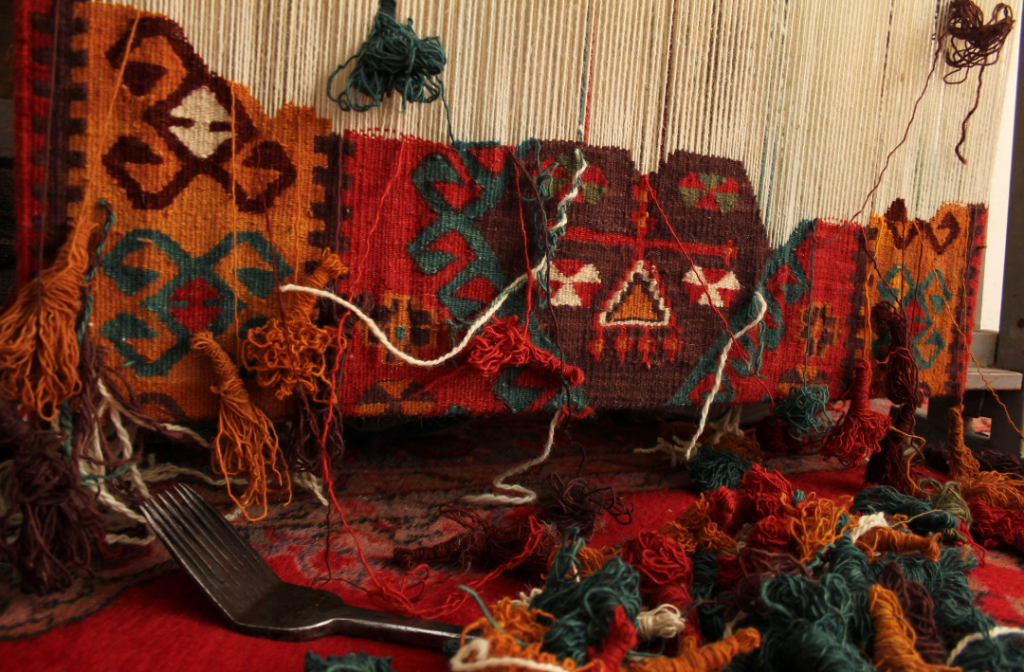
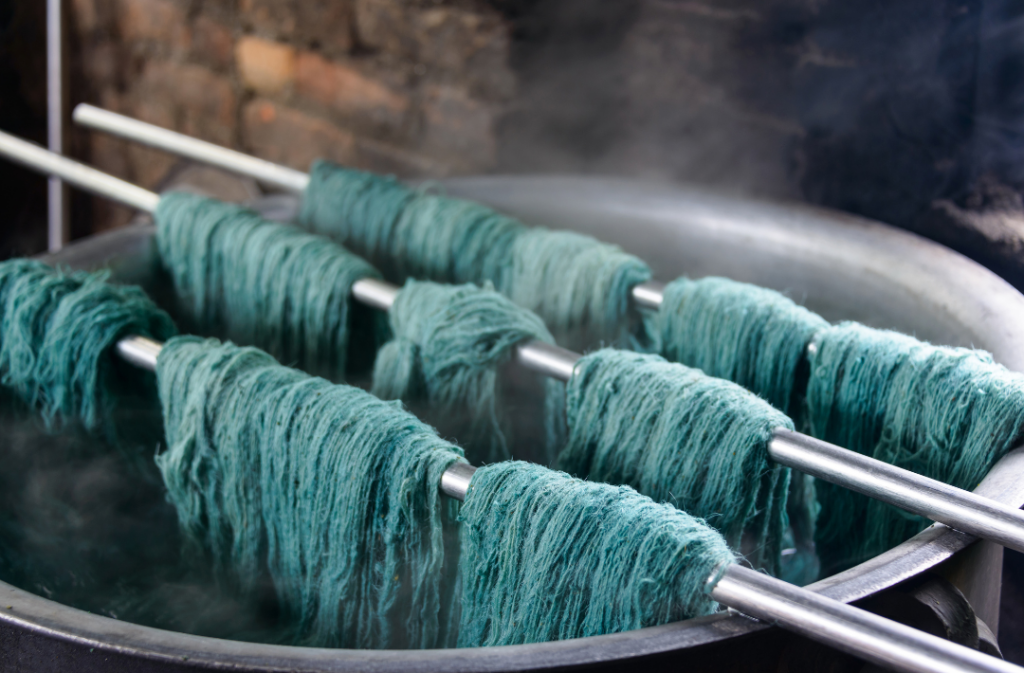
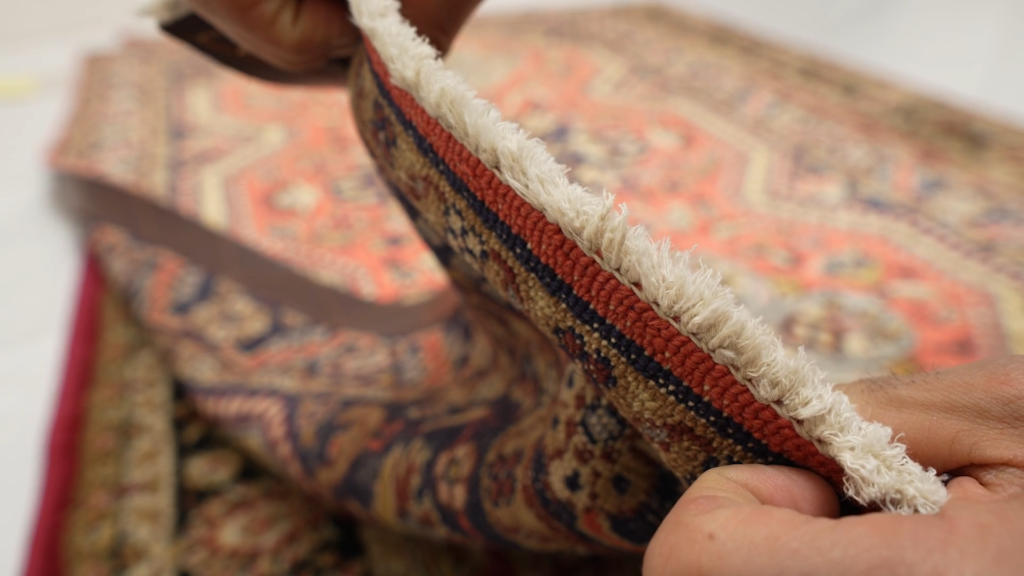
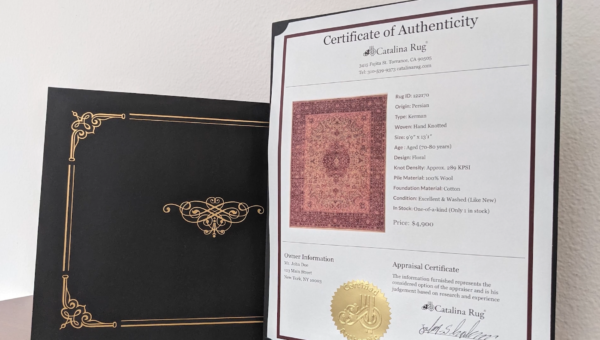
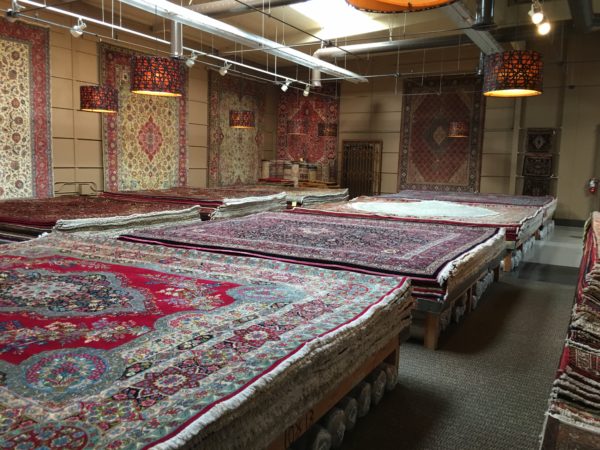
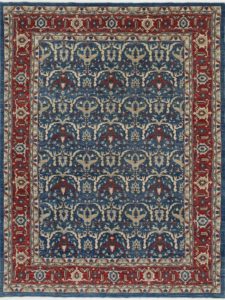
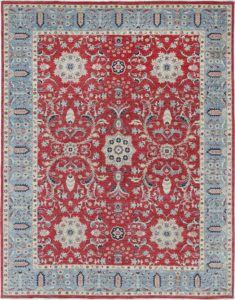
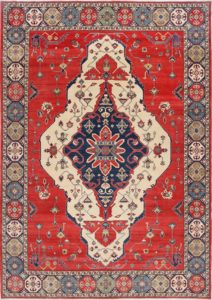
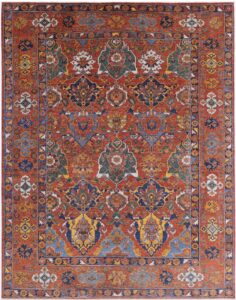
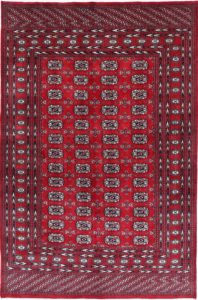


One thought on “10 Questions to Ask Before You Buy an Oriental Rug”
I found a beautiful 12×14 oriental rug in the shop of a reputable dealer in North Carolina, Twin Brothers on Paterson in Greensboro. There is no tag and he doesn’t have any information on it listed. The sale price is $3,500. The owner said he purchased it for $25,000, but that is all the store owner knows. Should I be suspicious? I don’t really care about authenticity but I don’t want to be hoodwinked on price.